Focused on the consumers, needs, pains, and demands, behavioral marketing is the inevitable path of evolution. Behavioral marketing generates a customized offer by means of data analysis on consumer behavior.
Every day we come across behavioral marketing, which we have long known about: tailored discounts, email newsletters reminding of an undelivery buy, birthday greetings, etc. One useful instrument for behavioral marketing is which raises sales. This is the reason practically every company around uses it.
What is Behavioral Marketing?
Behavioral marketing is fundamentally the study of psychology, behavioral traits of consumers, and motivating incentives working on them. Understanding all these subtleties helps you to produce content and ads specifically for every user. For instance, the individual will definitely buy if they come across an offer fit for their preferences and way of life.
Using modern marketing rules and methods, behavioral marketing—that is, the manipulation of consumer behavior—that of an individual customer or the complete community or group—by a firm. Seeing ahead and knowing how external events and the state of the market could evolve is quite crucial. Behavioral marketing guides your operations to boost income and sales.
Why is Behavioral Marketing Important?
Behavioral marketing helps you identify your most important consumers and control their lifetime towards the brand in a beneficial direction. Therefore, behavioral marketing supports:
- List clients who might be of advantage for you. The interval of time between the first and second purchase will help you to spot such consumers.
- Write the most pertinent proposals. Having enough data will help you to more precisely grasp the demands and preferences of every client. You can properly set up advertising or retargeting, choose the best product items for cross-selling or upselling, find efficient engagement channels (email, SMS, push notifications, social networks, messengers), and offer products at acceptable pricing points.
- Project the customer lifetime and stretch it where you can. Once the life cycle of consumers is clear-defined, you know when to present a given good or service.
ROI can be much raised if you understand the behavior of consumers in various contexts.
Type of Behavioral Marketing
Segmentation is the particular kind of behavioral marketing. This instrument enables the division of possible consumers into groups for more efficient interaction with them. Stated otherwise, you can develop more competent communication with a consumer the more knowledge you have about them and how they behave when selecting and using a product. Among the most often used behavioral segmentation rules are:
- Location and frequency of buying.
- Consumer frequency of products.
- Customer gains in services, quality, speed, etc.).
- Attitude to the good and expectations for its application.
- Motive for acquisition.
However, do not restrict yourself to these guidelines; you can customize them to fit the requirements of your company and include your unique market segmentation traits.
Plerdy User Behavior Analytics – Use Cases
We have various use cases ready for you and your online store.
Which pages to analyze from a usability point of view?
The process of decision-making by clients depends on their website user experience. We shall use our Heatmap tool to examine the Nike website in order to demonstrate this. This is a fantastic instrument for running a UX test on your website.
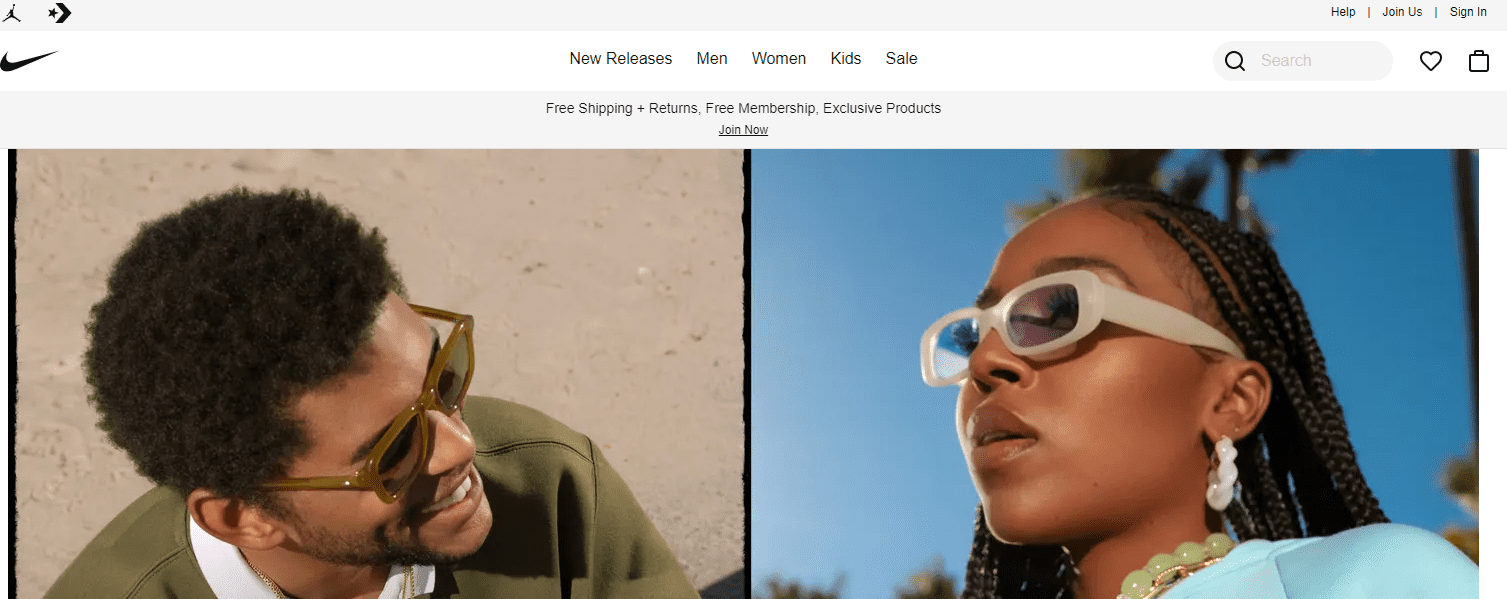
The main page should reveal products, reflect who you are, and be educational. Always pay close attention to clicks and scroll depth; these will assist you to grasp the depth of the user reading the text. Moreover, scroll depth can indicate where banners and other advertising tools would be most suited.
Clear navigation panel on the product category page would help the visitors to use it comfortably. The page for the product category also needs filters, pagination, and excellent pictures. Regarding mobile devices, your product category page should be somewhat short.
Users’ decision comes from the product page. It has to contain all the necessary knowledge to enlighten the guest. Users should not have trouble with the checking price, size, availability, etc.
How do I analyze usability based on a heatmap?
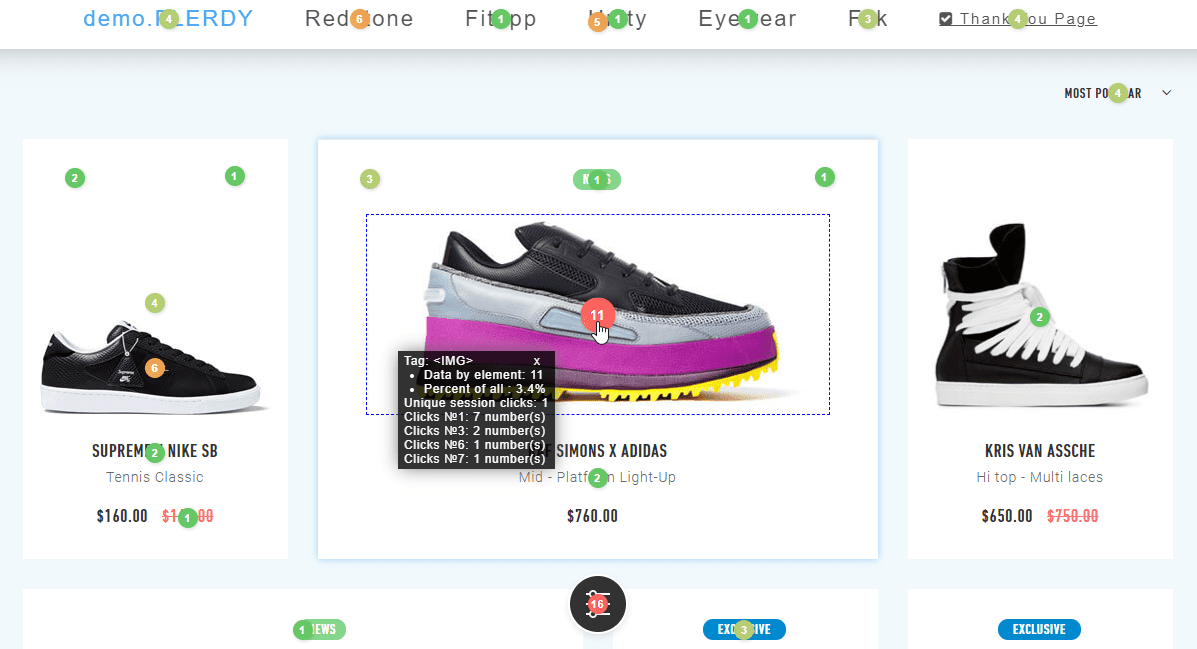
Heatmaps compile user behavior on your website and interaction with it. It displays least of the most clickable components of the webpage. This knowledge helps you to modify your website design and apply areas more wisely. It will so offer you additional income.
How to analyze a shopping cart in an online store?
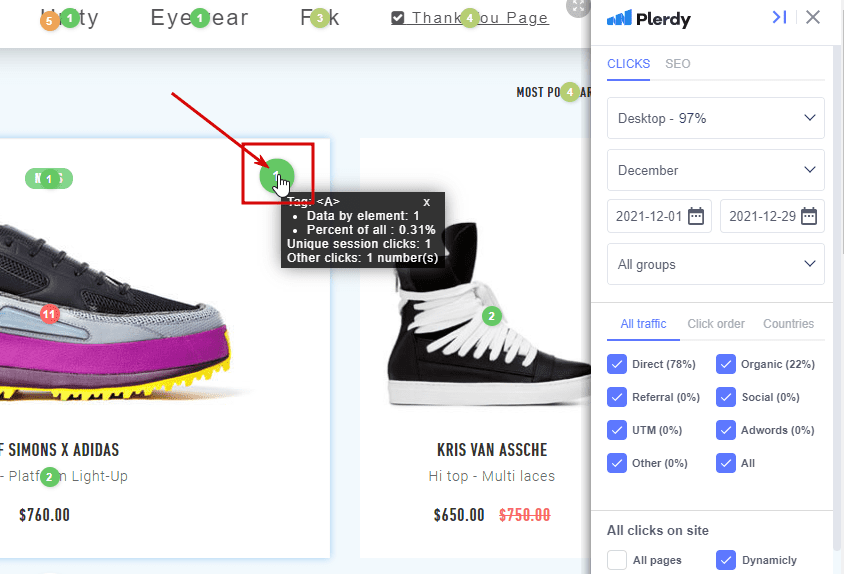
One of the key components required for success of an online store is shopping cart. After including the product, our Heatmap tool can help you better grasp the behavior and opinions of your clients. Furthermore, our instrument may display the particular user groups’ clicks and scroll depth.
Additionally useful for spotting variations between desktop and mobile users is our heatmap tool. Generally speaking, mobile devices drive more traffic to online retailers, hence your major attention should be on this. This does not mean, however, you should neglect to maximize the desktop shopping basket page.
User groups and how to analyze them?
Understanding that everyone responds differently whether they visit paid advertising or the Google search results might assist. Many elements affect the conduct of the individual; for instance, sex, location, age.
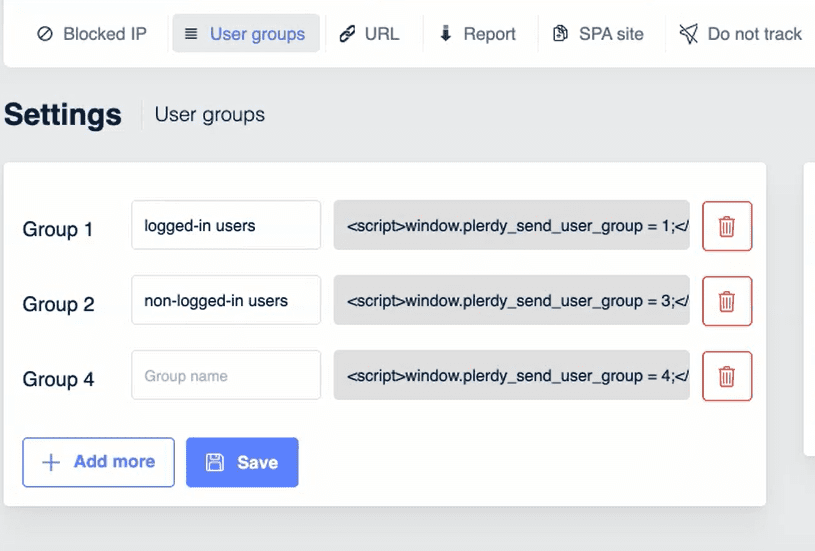
Plerdy offers you the option to establish particular user groups. You must identify the group of users in settings to accomplish this. You should then copy the script and put it straight into your webmaster. This will enable you to keep an eye on visitors to your website drawn from several traffic sources.
How to analyze scroll depth?
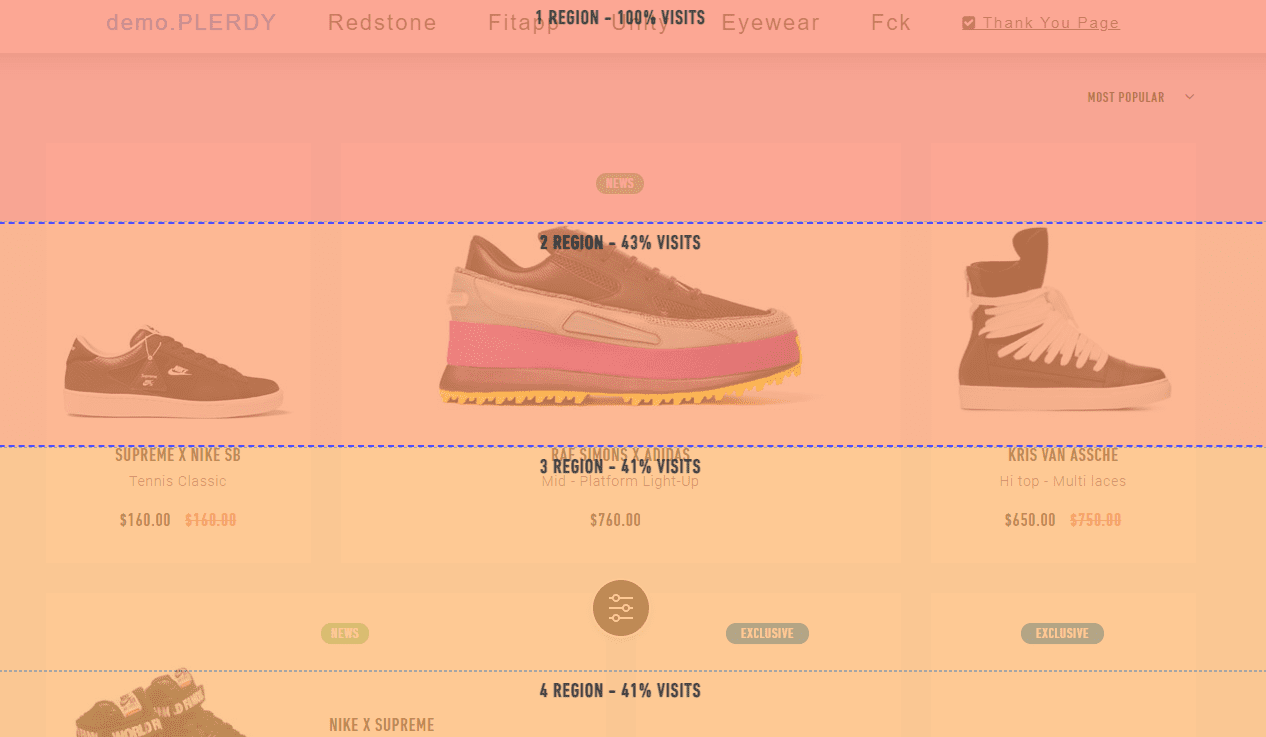
Scroll depth indicates the user’s reading length of the material on the webpage. Scroll depth first of all facilitates the formulation of your marketing plans. It clarifies whether users stop scrolling and where. Based on scroll depth, you can enhance your material and better interact with visitors.
One major benefit is it indicates where to hang banners and CTA to maximize impressions and clicks. Many times, online retailers neglect to consider scroll depth and position banners and CTA in areas where few consumers will see them.
Difference Between Behavioral Marketing and Behavioral Segmentation
Studying consumer behavior, psychology, and motivation helps behavioral marketing to work. Such studies enables customizing of website content and advertising campaigns for every customer. The corporation can then hope to complete the deal if the market offer fits the tastes and habits of possible consumers. Successful behavioral marketing depends mostly on the expectation of the market development, adaptability, and adaptation to different changes in the external environment.
For acquiring further traits of the target audience, behavioral segmentation proves helpful. To reach the target when gathering leads, for instance, you can divide possible clients and establish different kinds of connection with them. This saves time and money and lets you quickly find folks you could be able to collaborate with to increase profit.
Behavioral Marketing Examples
Five fascinating examples of behavioral marketing below will help you to understand how to apply this approach:
- Target. Thanks to behavioral marketing, they gained understanding to better present to their clients. They also produced things that appeal more to individuals.
- Twitter is one more. Twitter provides interested targeting for its users via behavioral marketing. This allows people to show tailored users paid advertising.
- Orbiterz. Mac users of this company have discovered that they purchase more upscale hotels than PC users. It raised its income by applying this behavioral awareness in its marketing.
- Zuji. Behavioral marketing enabled this company to produce customized visitor display adverts. This gave the business a hundred-fold return on investment.
- Netflix is it. Behavioral marketing helps to explain some of its success. It sells movies using consumer behavior, purchasing trends, and comments.
Behavioral marketing has clearly shown several times how it may assist businesses boost their income. Google has them on it.
Finally
For business owners, behavioral marketing is a great weapon at hand. Get more more data, offer to write evaluations, and do particular questionnaires for this aim. After that, review the material you find and test fresh strategies. Track numbers from Google Analytics and Facebook Ads, email newsletters, and chatbot interactions. Building loyalty and cooperation will be more natural the more you know about your users.
Your company should include behavioral marketing, gather and wisely apply consumer data, offer premium advertising, and create mutually beneficial relationships by means of this approach.
